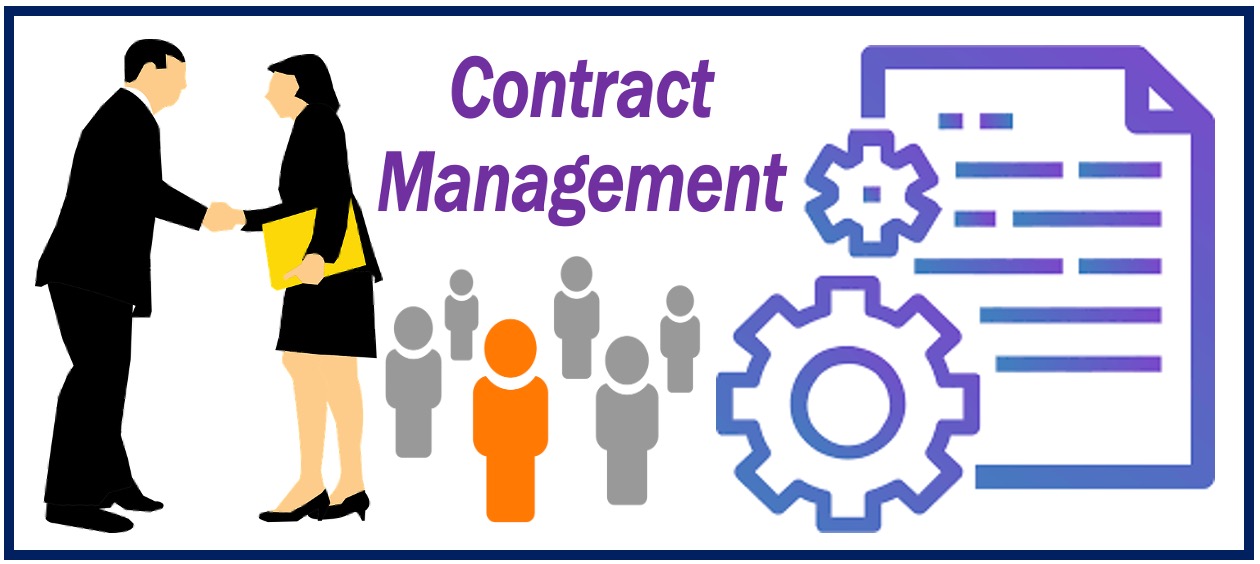What is contract management and CLM?

Contract management refers to the common practice amongst businesses of managing and creating contracts, rendering it a rather vast term. This process is also often referred to as Contract Lifecycle Management (CLM). Some of the various processes within contract management include: the approval of potential modifications to contract terms, generating contract terms, redlining and e-signatures.
CLM software is applicable to a multitude of departments within a company, from executive leadership to sales teams and finance. Research demonstrates that the use of automated software like CLM or CRM is responsible for a 24% reduction in the length of the sales cycle. Furthermore, sales teams who decide to adopt the software see a 32% higher team attainment of their sales quota.
Synonyms:
- Contract administration
- Contract management
- Contract Lifecycle Management (CLM)
What does the manual process of contract management consist of?
The commencing stage of contract management rests upon the contract request. The request begins once the sales team of a business has already proposed a sales quote. After this, the sales representatives are obliged to make a request to their legal representatives. It is at this point that the legal department formulates the contract which consists of pricing specifications and the terms and conditions of the provided services. Next, the contract is returned to the sales team who are then responsible for passing on the contract to their prospect, and at this point of the cycle negotiations take place. This negotiation will occur between prospects and the sales team until a final proposal is attained.
All necessary stakeholders must agree on any proposed changes, eventually signing the contract. Once the contract has been executed and put into practice, the last stage is deciding whether it will be terminated or renewed.
The cycle of events explored above encapsulates how technical the process of contract management is, and why it has become automated. The main point to emphasize is the amount of time it takes to manually generate a contract, and tension is created between having to provide contracts accurately yet efficiently. In addition to requiring a large investment of time, there remain further points of difficulty within the cycle.
The requirement for cross-departmental communication and agreement is at the heart of this problem, accompanied by the need to generate the contract in a tactical manner. By this, one is referring to utilizing the opportunity to cross and up-sell.
Cross-selling and up-selling consist of marketing additional products to clients based upon their purchase history and data. The additional product or service is then often placed in a bundle at a discounted price to increase the company’s average deal size. Such personalization directly appeals to the customer’s needs, increasing the likelihood of their purchase taking place.
Why CLM automation is significant
The three key intentions of automated CLM software are to manage all changes made to the contract, create the contract, and approve it. Ultimately, the software is incredibly time efficient whilst also ensuring accuracy through the elimination of human error. The knock-on impact of this is that the customer retention rates of a business increase due to increased appeal.
Another benefit of such software is the provision of leadership visibility to all discounts offered by sales representatives. In doing so, the potential threat of a representative deviating from the required pricing margins is diminished. In addition to this is the software’s ability to immediately notify stakeholders when they need to provide participation towards the contract, maintaining the pace of the project.
What are the other functions of CLM software?
The software is supplemented by a template tool. This means that all language epitomizing legalities and business is automatically entered into the contract. For a further fee, companies can equip their software with the ability to insert clauses with specificity to the deal at hand. This entails pricing based upon the customer’s location and clauses in direct link to the desired product. CLM software also includes an e-signature feature, thus sparing time once more.
It may be argued that one of the most efficient features of the software is the ‘redlining’ feature. This means that stakeholders can select certain sections of the document and propose a change, rather than having to create an updated agreement each time a change is proposed. When a stakeholder redlines, the rest of the document remains the same.
Concluding statements
In summary, when fulfilled manually contract management requires a large dedication of time. When selling, it is of primordial importance for deals to be closed quickly and efficiently. The adoption of CLM software scales up the sales of businesses through its automation of such tasks. Consequently, the heightened professionalism which accompanies efficiency increases the ability to retain customers.

